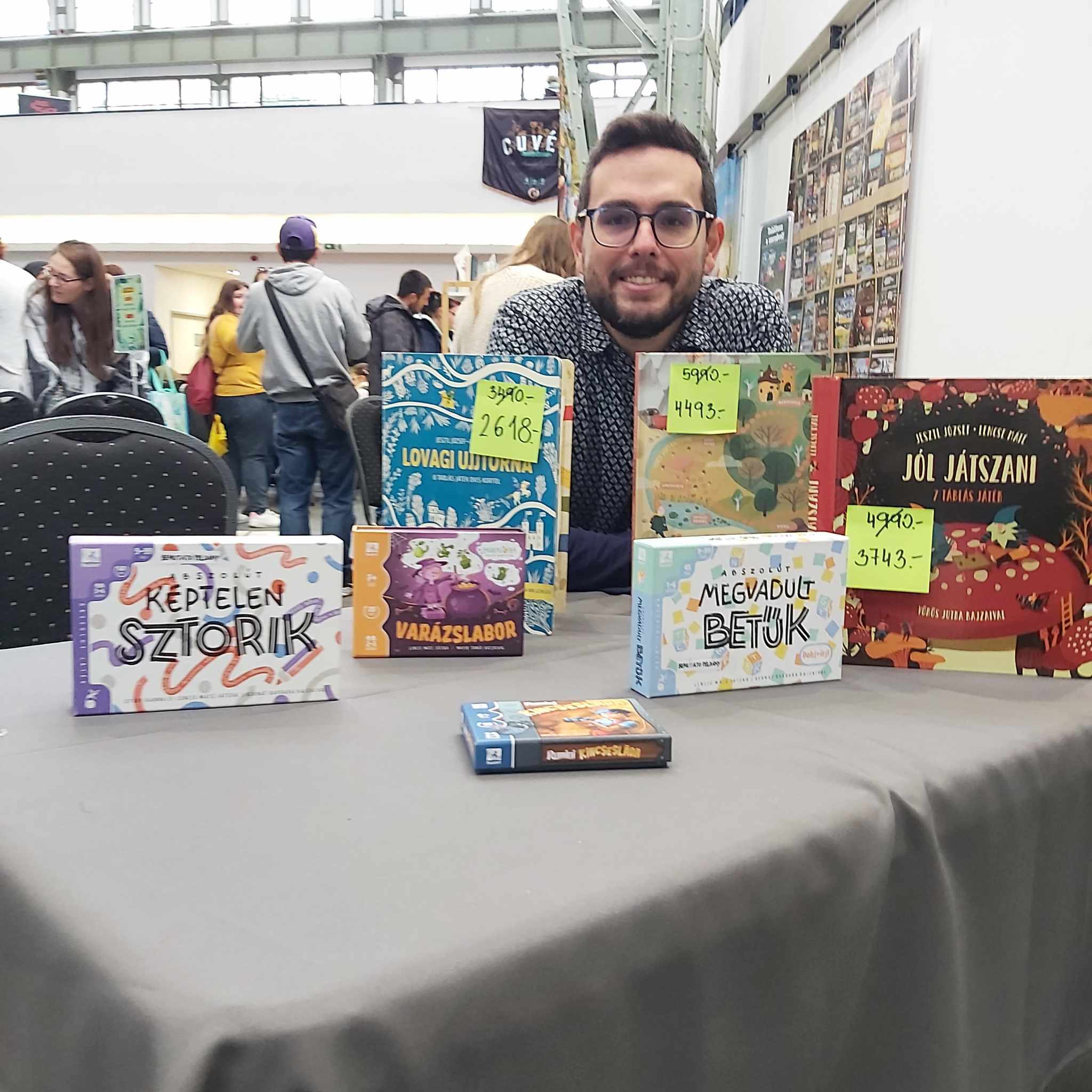It's important to distinguish between games that can be played by two players and games that are specifically designed for two. While some of the former category can still work great in pairs, games made exclusively for two players tend to engage more deeply with the possibilities of this format.
Even the simple act of choosing a game—buying it, borrowing it, or pulling it off the shelf—that can only be played by two people already signals a kind of commitment.
Personally, I love classic board games (like Go or Kalaha), and I'm a huge fan of modern abstract games too (like Quarto or Twixt), but in this article, I won't be focusing on those—the spotlight is on board games.

A two-player game setting is intimate, cozy, and special. I truly enjoy it—as a teacher, a father, and a husband. Games help place us in a bubble where we can be together comfortably and safely. And this can be meaningful in educational contexts, parenting, or even as part of relationship therapy.
This time, I didn't bring children's games—these titles are all perfectly playable as adults. It's a completely subjective selection, taken straight from our home shelf, so I'm not claiming these are the best two-player board games, but they do a great job of showcasing this world. And they're genuinely great games.
Let's see what we'll be talking about!
What we'll cover:
Cool Card Games
- • Claim: Two-phase card game with a twist on trick-taking.
- • Jaipur: Trading and set collection with a market theme.
- • The Fox in the Forest: Fairy tale trick-taking with clever card powers.
Calm Tactical Card-Laying
- • Hanamikoji: Elegant card duel with tense gift-giving decisions.
- • Schotten Totten: Card strategy with territory control.
- • Tides of Time: Drafting and area control with evolving scoring.
Clever Beauties
- • Mandala: Abstract duel of color and pattern with shared tension.
- • Paris: La Cité de la Lumière: Tile placement and city building.
- • Patchwork: Puzzle-like tile placement focusing on quilt making.
One Step Away from Abstract
- • Button Up!: Abstract button-stacking duel with spies, combos, and clever movement.
- • Limes: Grid-based tile and meeple placement for efficient land use.
- • Vikingdoms: Strategic raiding with shared troops and a race to build or loot first.
Complex Two-Player Board Games
- • Aton: Card-based strategy with an ancient Egyptian theme.
- • Beer & Bread: Dual-phase resource management game with clever timing and tight balance.
- • Sky Team: Cooperative flight simulation for two players—land the plane together, silently.
Cool Card Games
Since I used to play card games for hours with my grandmother when I was a kid, playing two-player games feels very natural and comforting to me. Working with teenagers and observing modern board game trends, I noticed that cool card games are often designed as group fun. That's why I was so happy to discover Jaipur, which remains one of my favorite games to this day. It has a smooth flow, a good dose of luck, but you also really need to tune into your opponent—without that, you won't succeed. It's a pleasantly clever game.
The Fox in the Forest beautifully shows that modern game designers are still interested in classic card game mechanics. It brings subtle, interesting twists that make it feel fresh. Just like Claim, where the two rounds of the game build on one another in a really exciting way. I always feel like it asks for two completely different modes of thinking across the two phases. And with all the different expansions and spin-offs, it's basically developed into its own little universe.
To me, that just confirms what I already believe: many of us love getting into two-player games—this category definitely has its place!
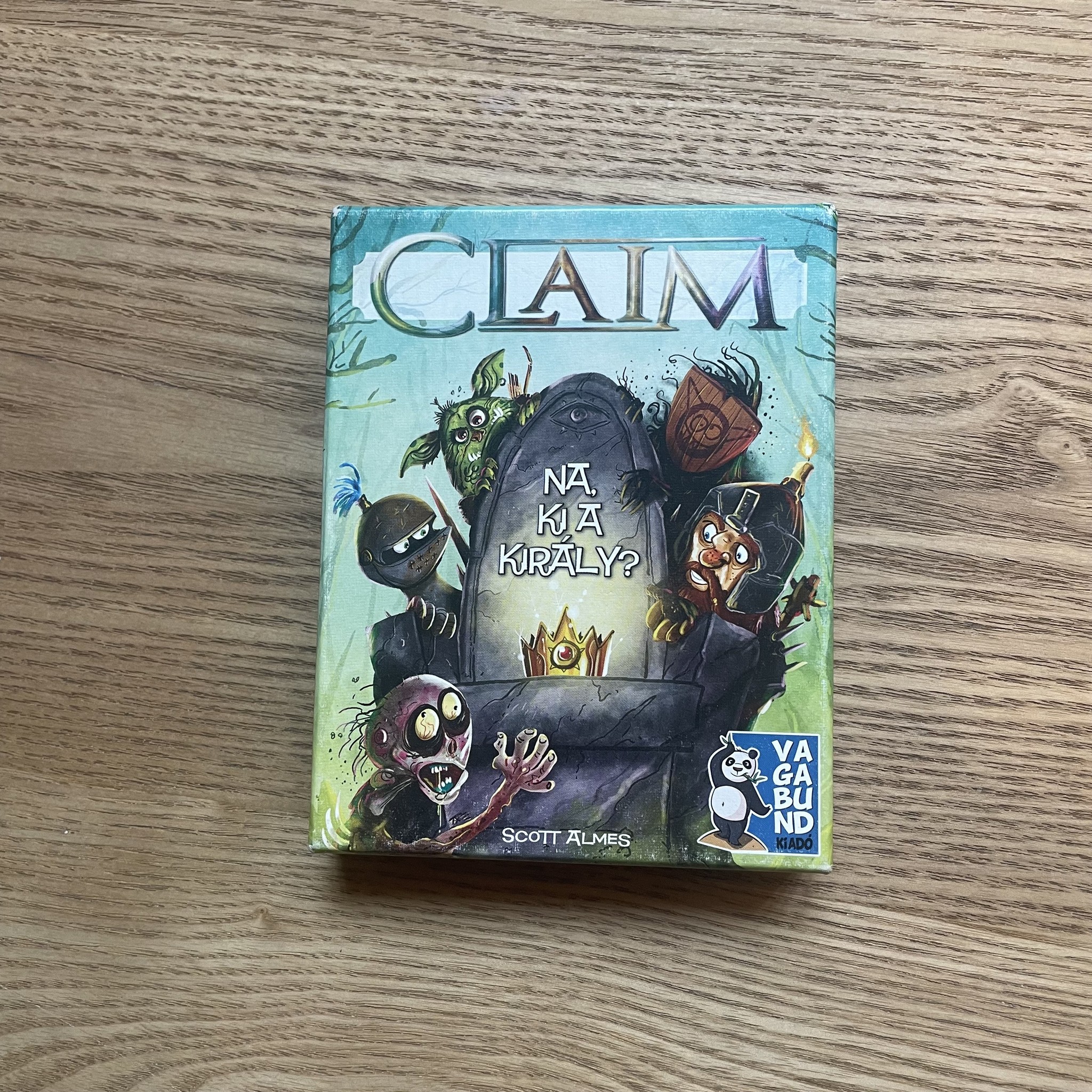
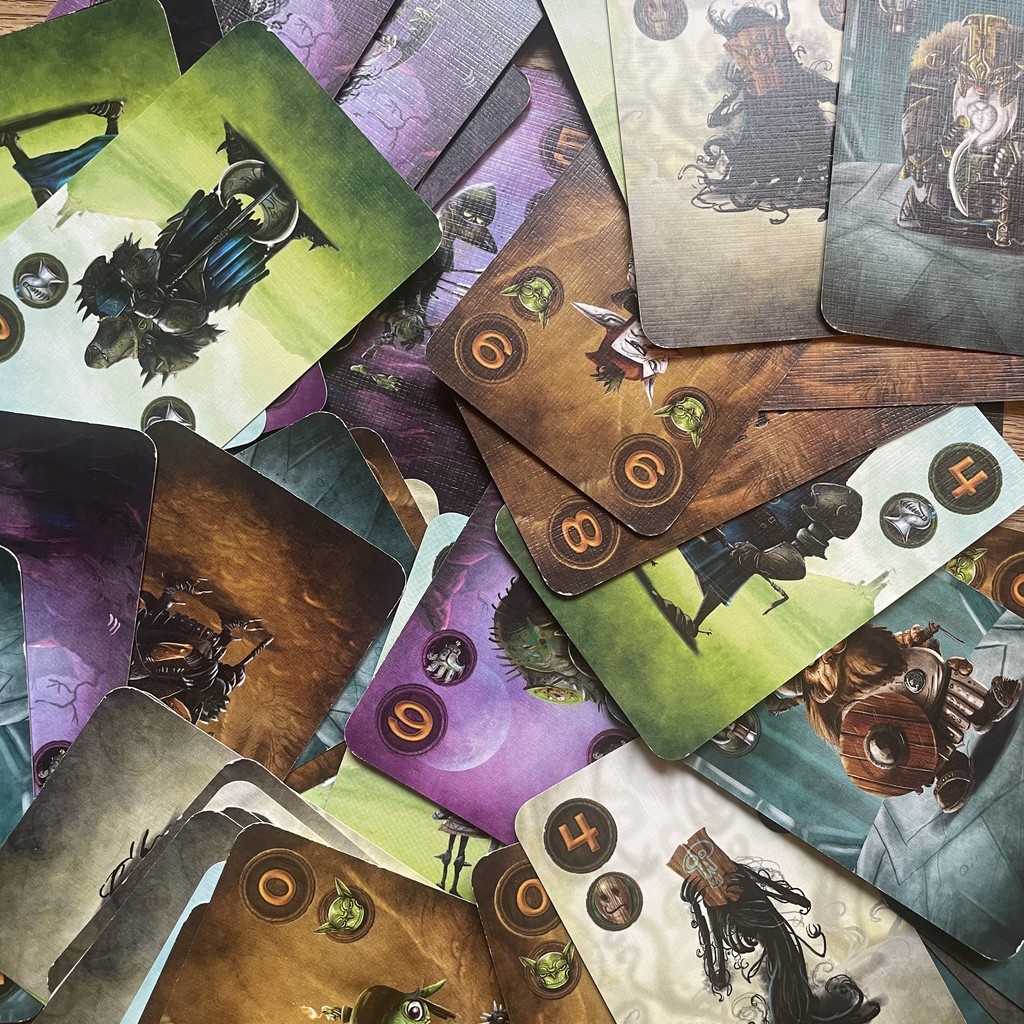
Claim
Two-phase card game with a twist on trick-taking.
Tools
A standard box includes 52 character cards divided into five factions, and a concise rulebook.
Skills Developed
Claim supports strategic thinking, memory, and planning skills through its two-phase gameplay.
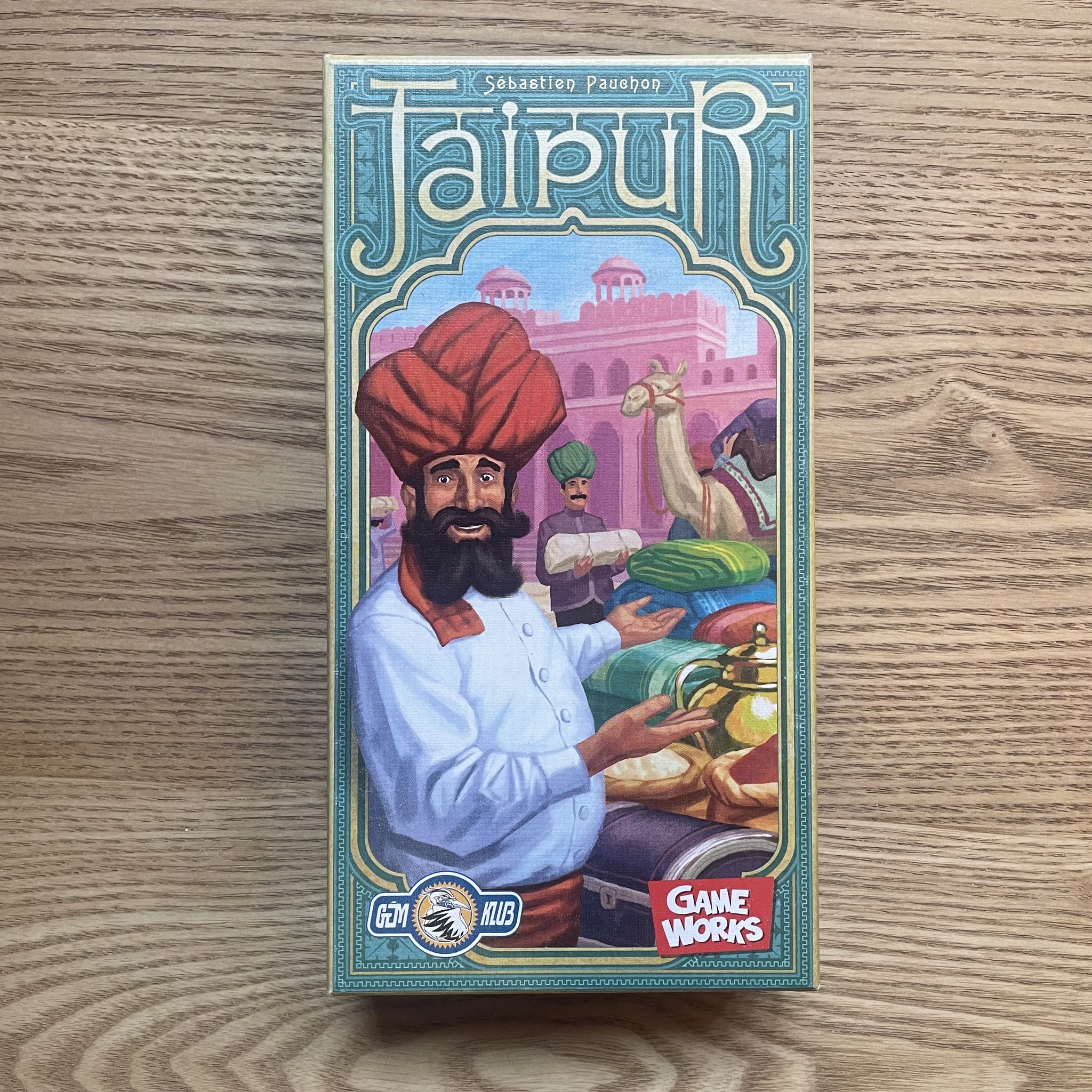
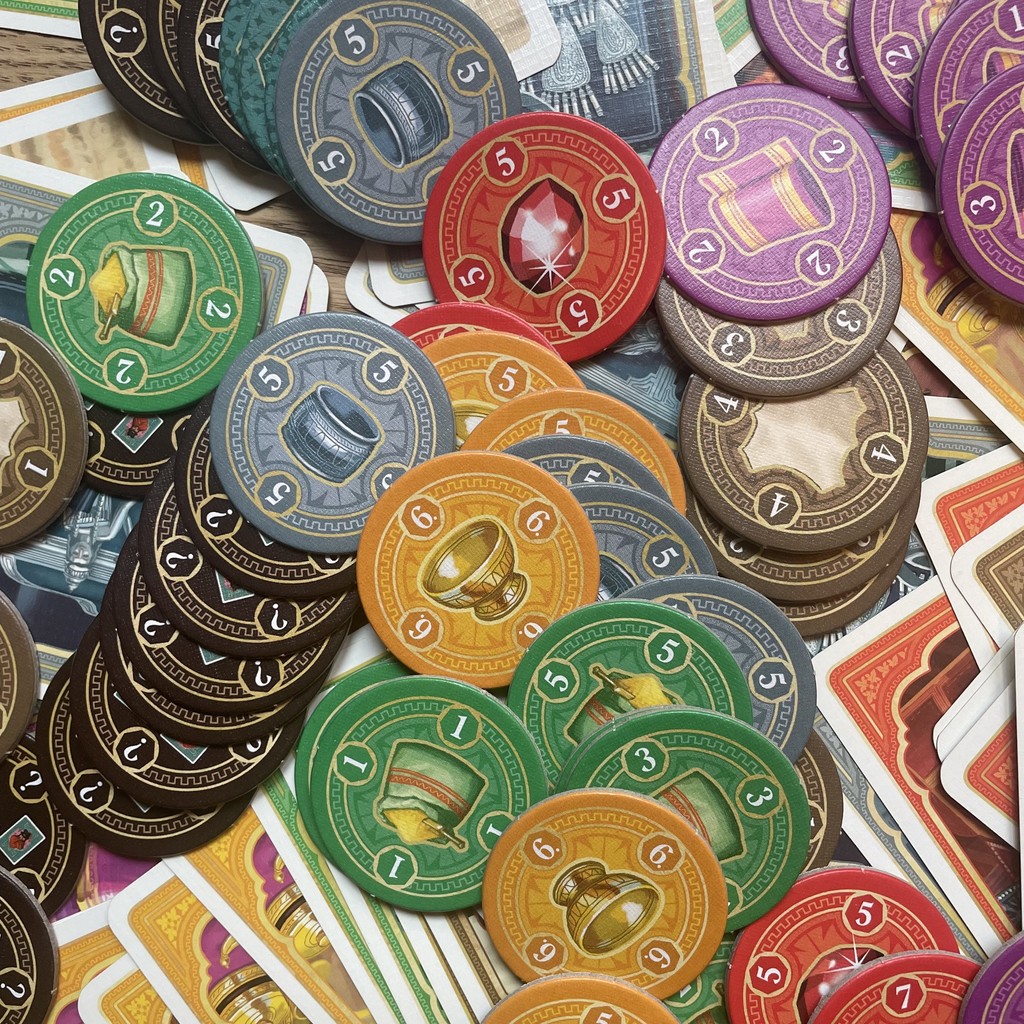
Jaipur
Trading and set collection with a market theme.
Tools
The box contains 55 goods and camel cards, 60 tokens (goods, bonus, camel, and seal of excellence), and a rulebook.
Skills Developed
Jaipur builds decision-making, tactical planning, and risk-reward assessment.
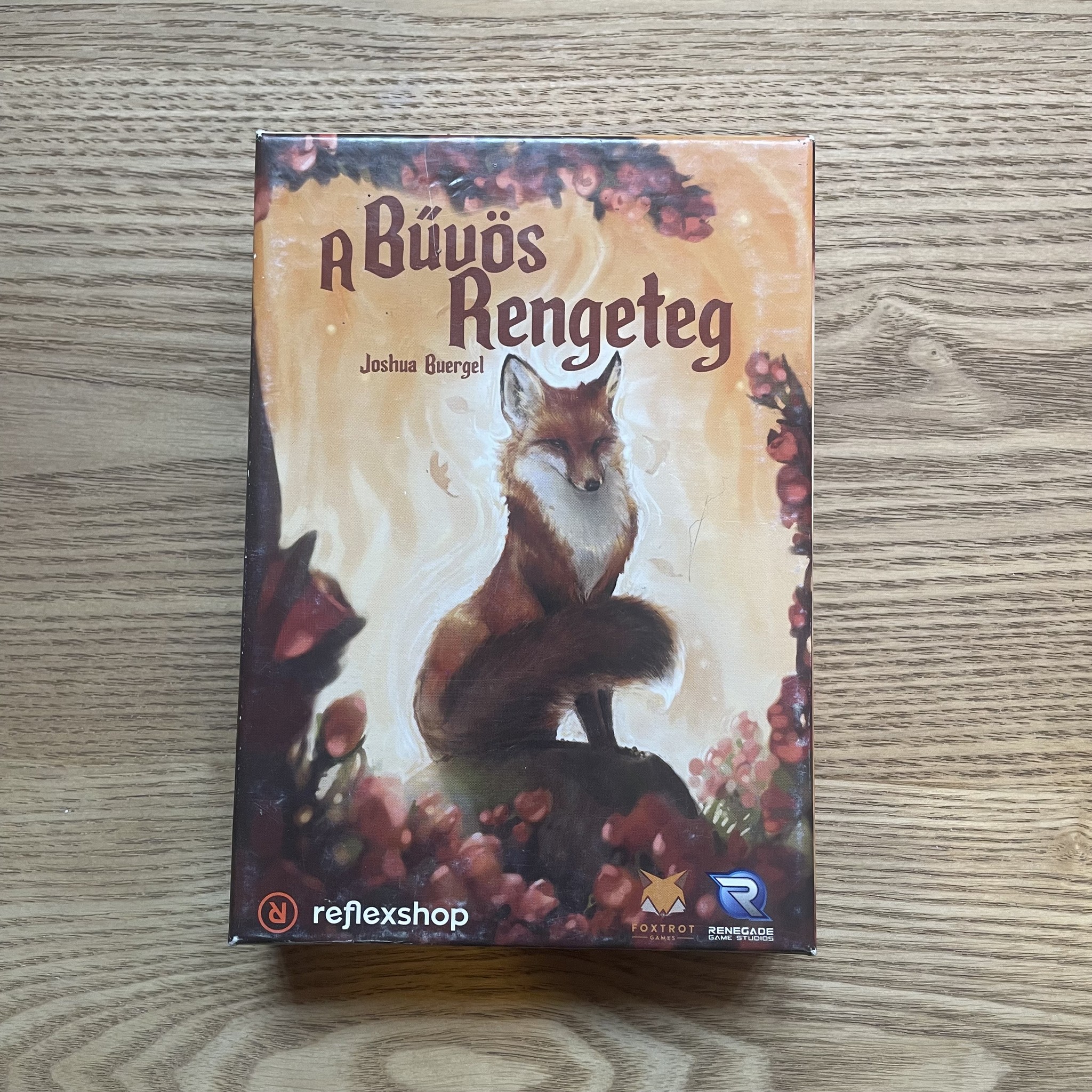
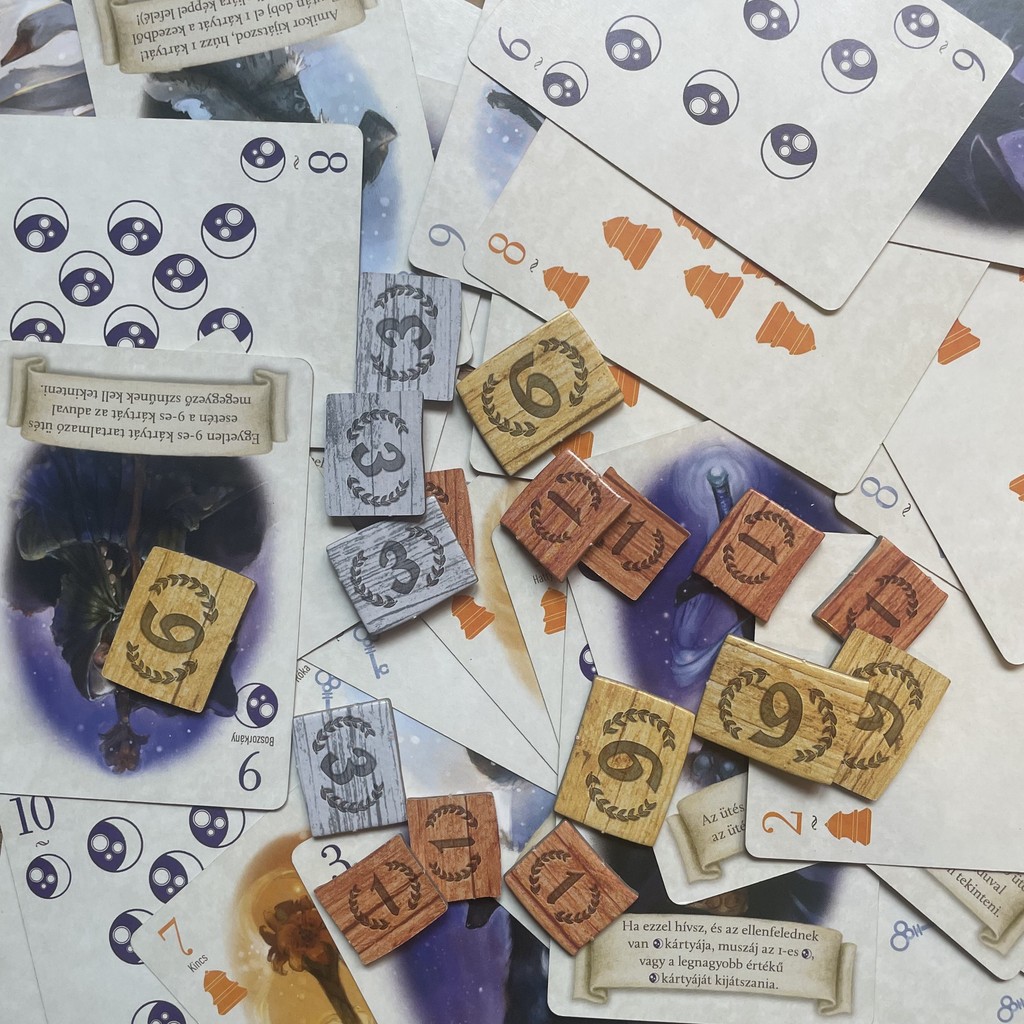
The Fox in the Forest
Fairy tale trick-taking with clever card powers.
Tools
The game includes 33 beautifully illustrated cards in three suits, a score track, scoring tokens, and a rulebook.
Skills Developed
It enhances strategic thinking, memory, and timing.
Calm Tactical Card-Laying
Sometimes it just feels so good to simply lay down cards. Just choosing one card at a time and placing it. There's a real beauty in simplicity. At least for me, there is. I remember how surprised I was by Schotten Totten. You place one card, then draw one? That's it? And that can actually be exciting? Yes! It's a very clever, tactical card game where memory plays a major role too. Tides of Time offers a similar experience. I couldn't imagine that drafting would work well with two players. But it does. And Hanamikoji proves that you don't need a huge deck of cards to create thrilling gameplay. These games, to me, feel especially calm and relaxing—you can have great conversations while playing. Of course, as the game nears its end, the tension starts to rise. But it feels so good to arrive at that moment.
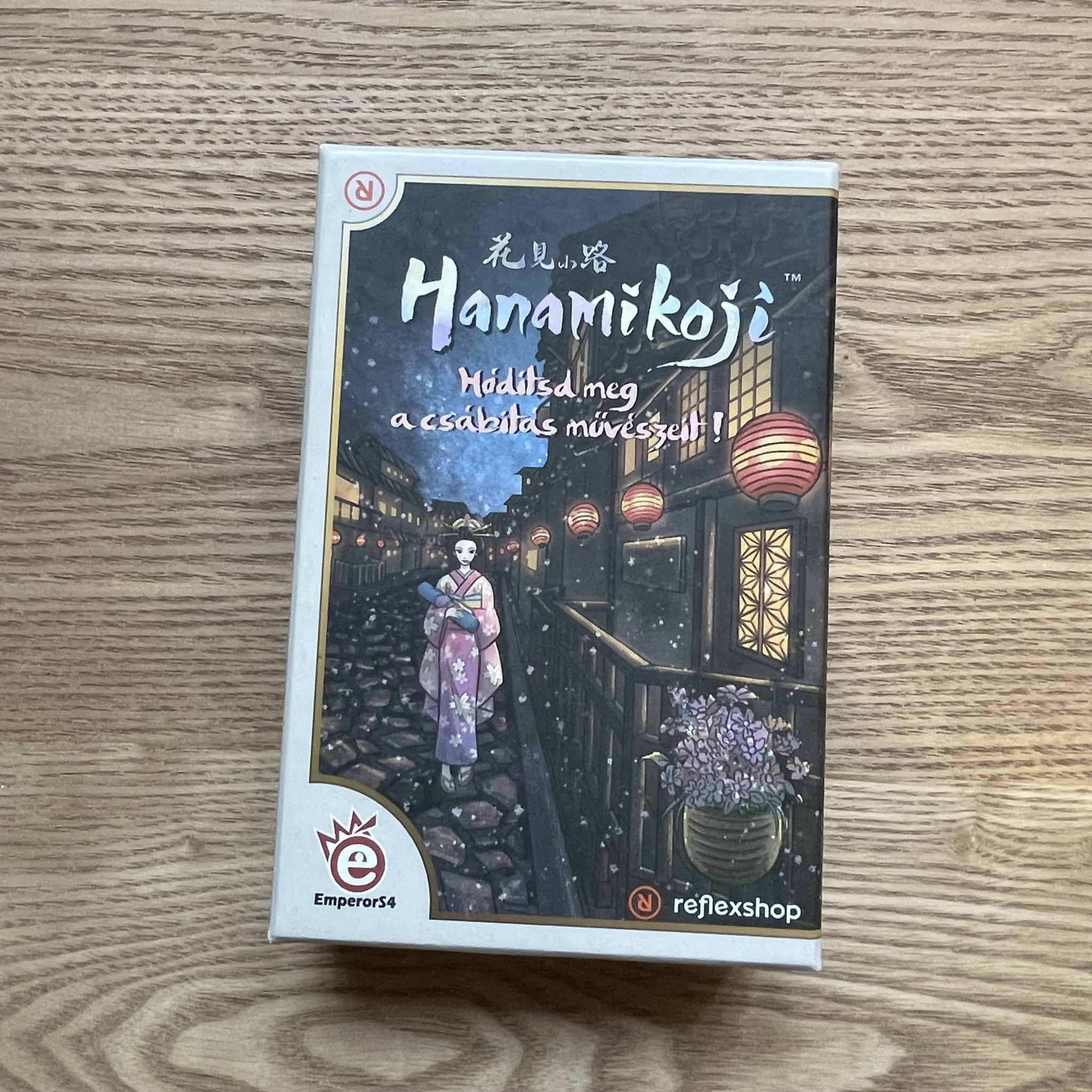
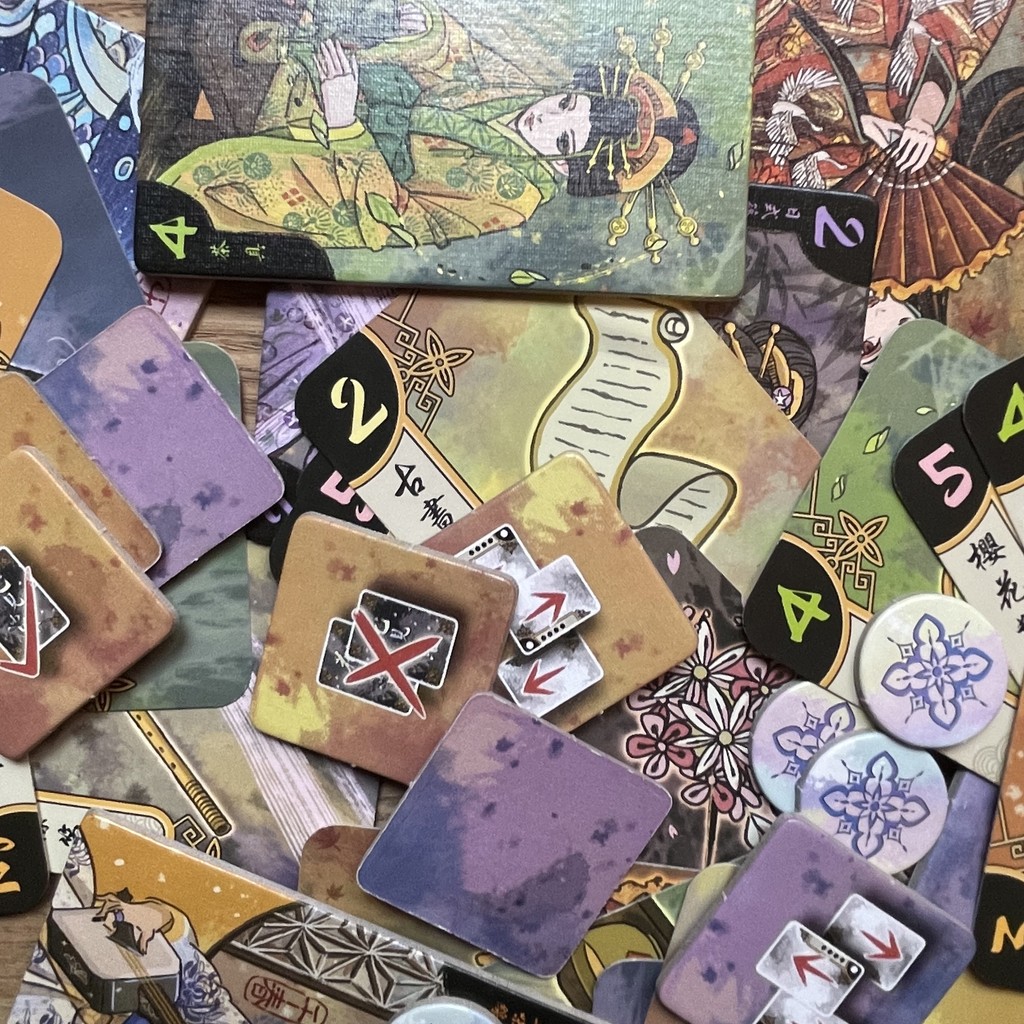
Hanamikoji
Elegant card duel with tense gift-giving decisions.
Tools
The game contains 21 item cards, 7 geisha cards, 8 action markers, favor tokens, and a rulebook.
Skills Developed
It sharpens decision-making, strategic planning, and the ability to anticipate your opponent’s moves.
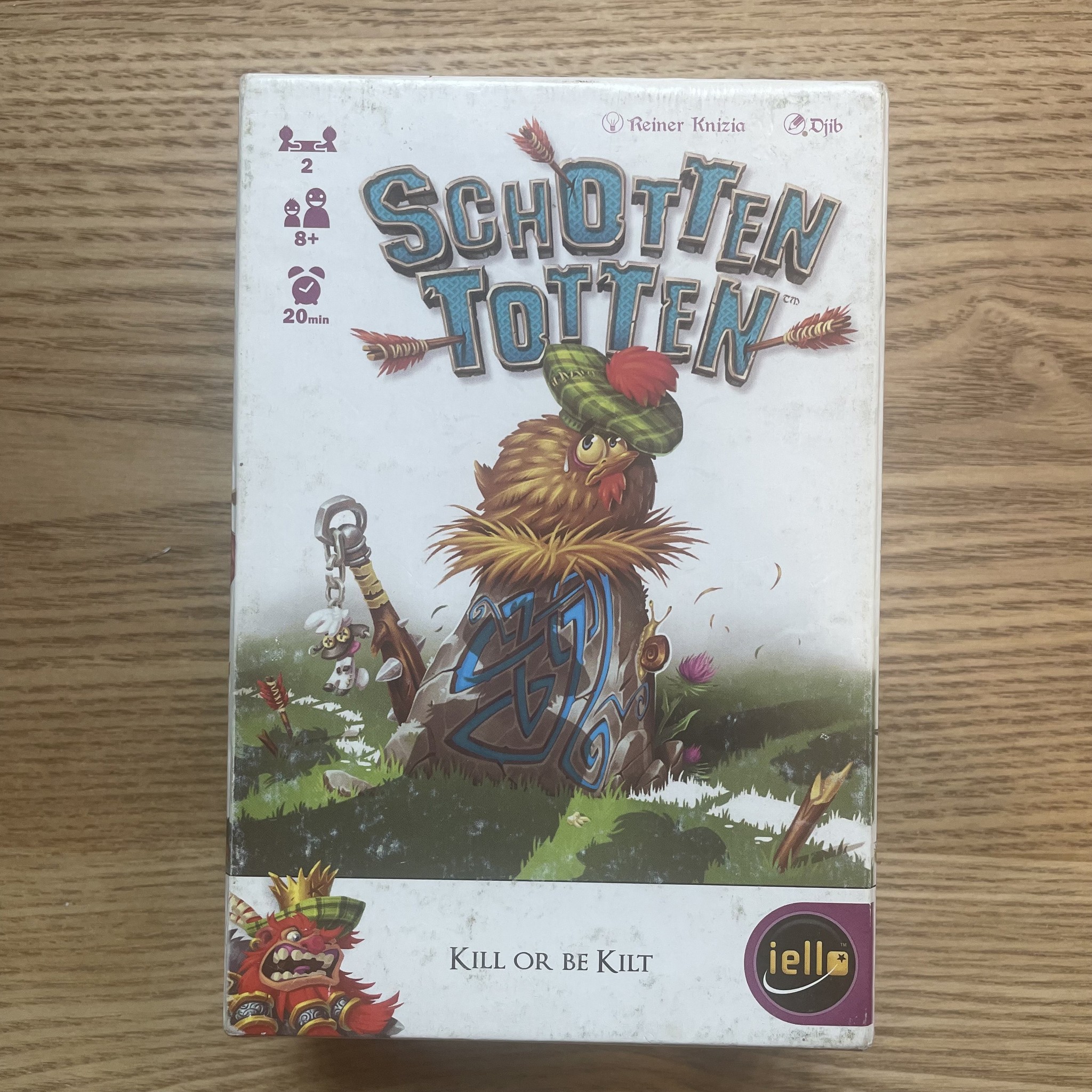
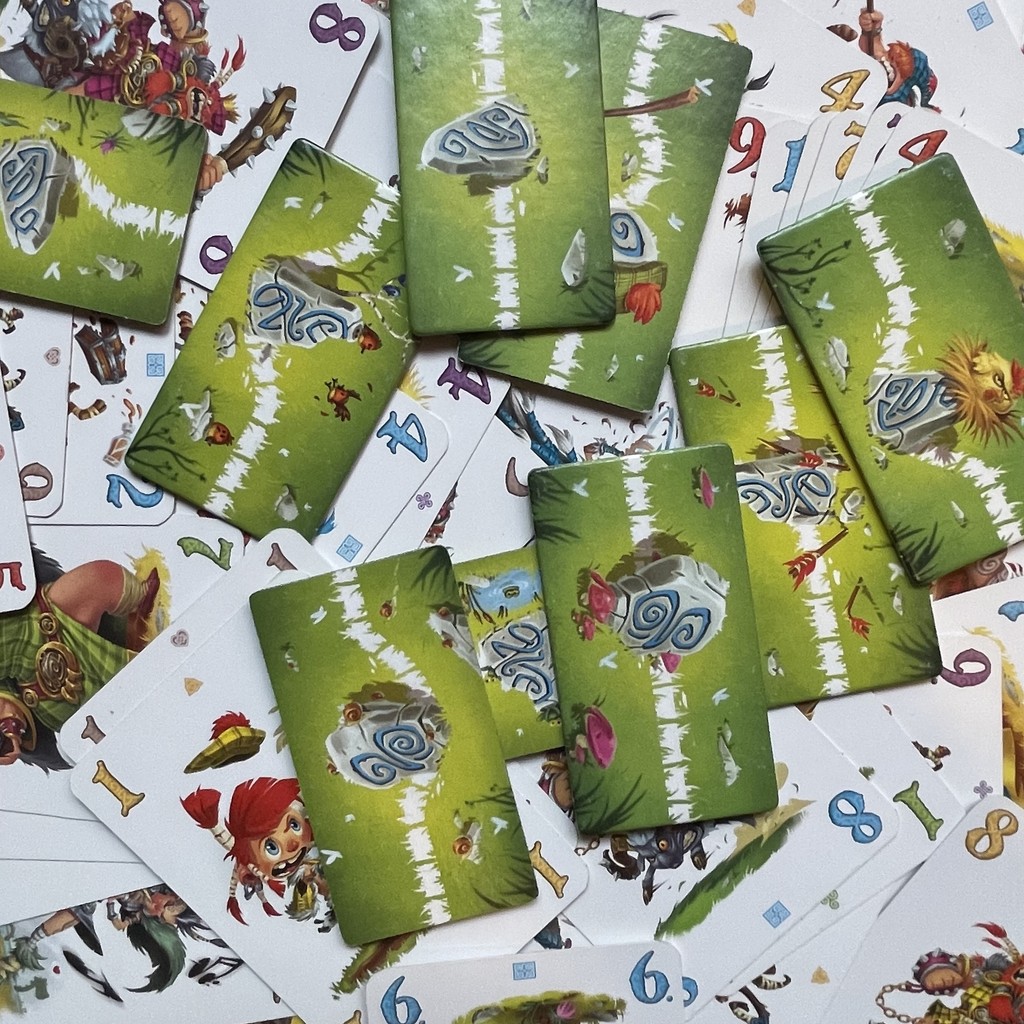
Schotten Totten
Card strategy with territory control.
Tools
The game includes 54 troop cards, 10 tactic cards (optional), 9 boundary stones, and a rulebook.
Skills Developed
It enhances logical thinking, memory, and tactical decision-making.
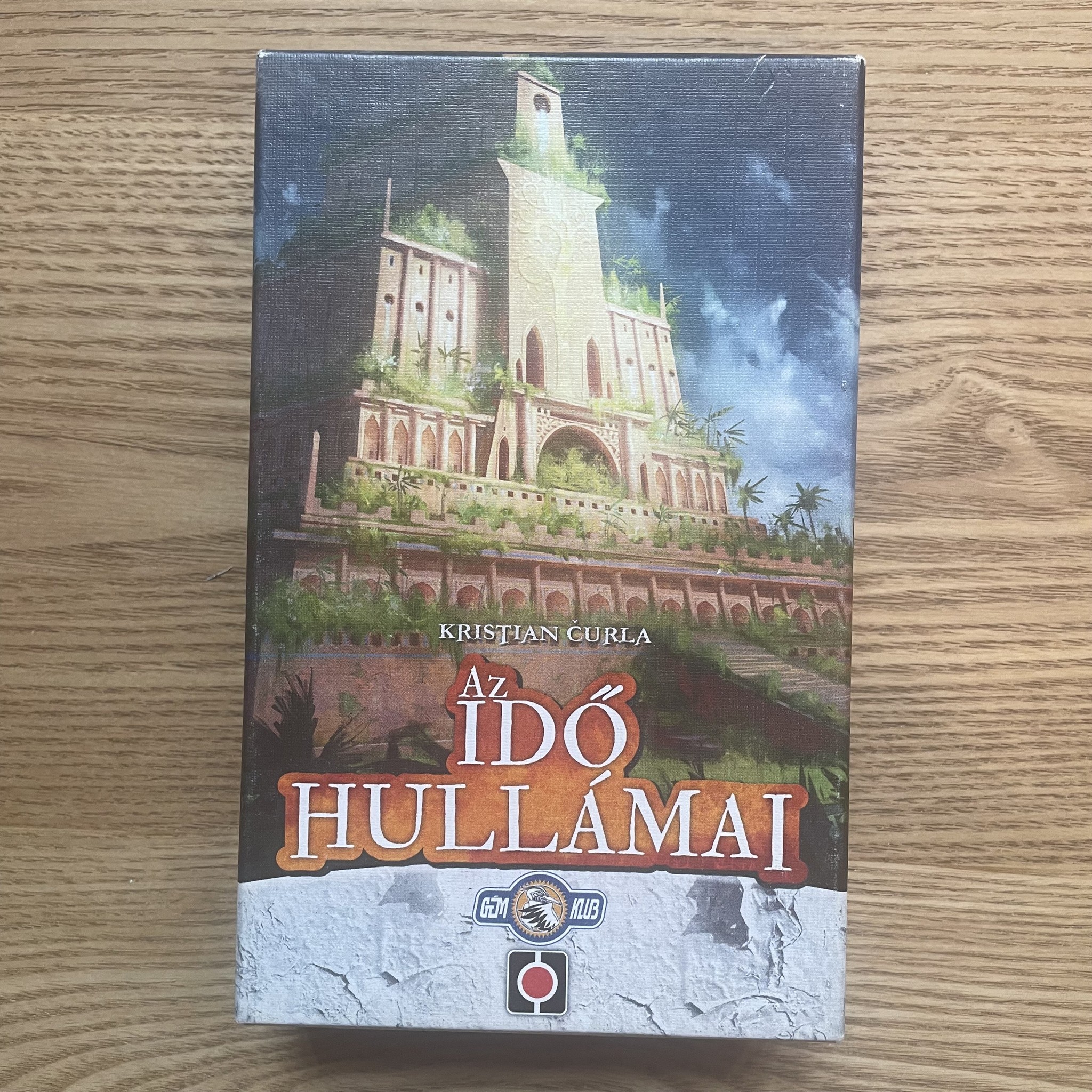
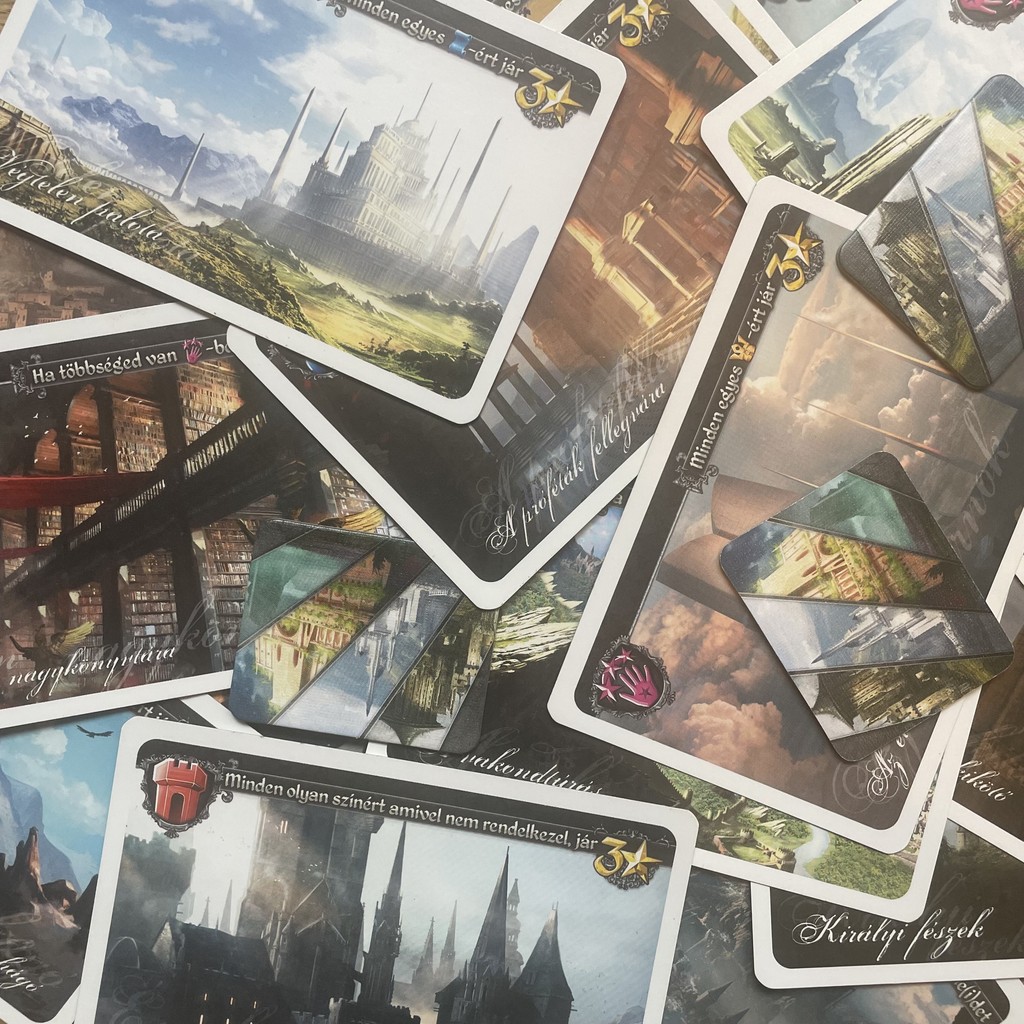
Tides of Time
Two-player drafting, combo-building, and competition
Tools
18 oversized beautifully illustrated cards, 4 relic tokens, and a scorepad with a rulebook
Skills Developed
Reading comprehension, strategic planning, pattern recognition, and decision-making
Clever Beauties
Although I'm not the kind of person who looks at a game's appearance first, I know that for many people this is important—in fact, for some, it's the main gateway into board games: something has to look beautiful. When introducing board games to new audiences—like in groups where people aren't used to playing—bringing something visually striking can really help. Naturally, there are some particularly beautiful titles among two-player games as well.
The Patchwork gameplay flow is largely defined by whether you like what you're creating. Of course, the game can be played in a purely rational, optimized way—but in my experience, decisions are often influenced by how well a piece "fits" visually. Not everyone focuses on maximizing points (though I do); I've often seen players happily make a "bad" decision just because something looked nice: "this one fits perfectly here."
Mandala could easily be just a simple card game, but instead, it comes with such a unique and beautiful playmat that sometimes it's worth setting it up just for the joy of unfolding and smoothing it out a few times. And Paris: La Cité de la Lumière could have gone with a much simpler visual design—but instead, it offers a thoughtful, elegant product by using the box itself and a distinctive illustrative atmosphere.
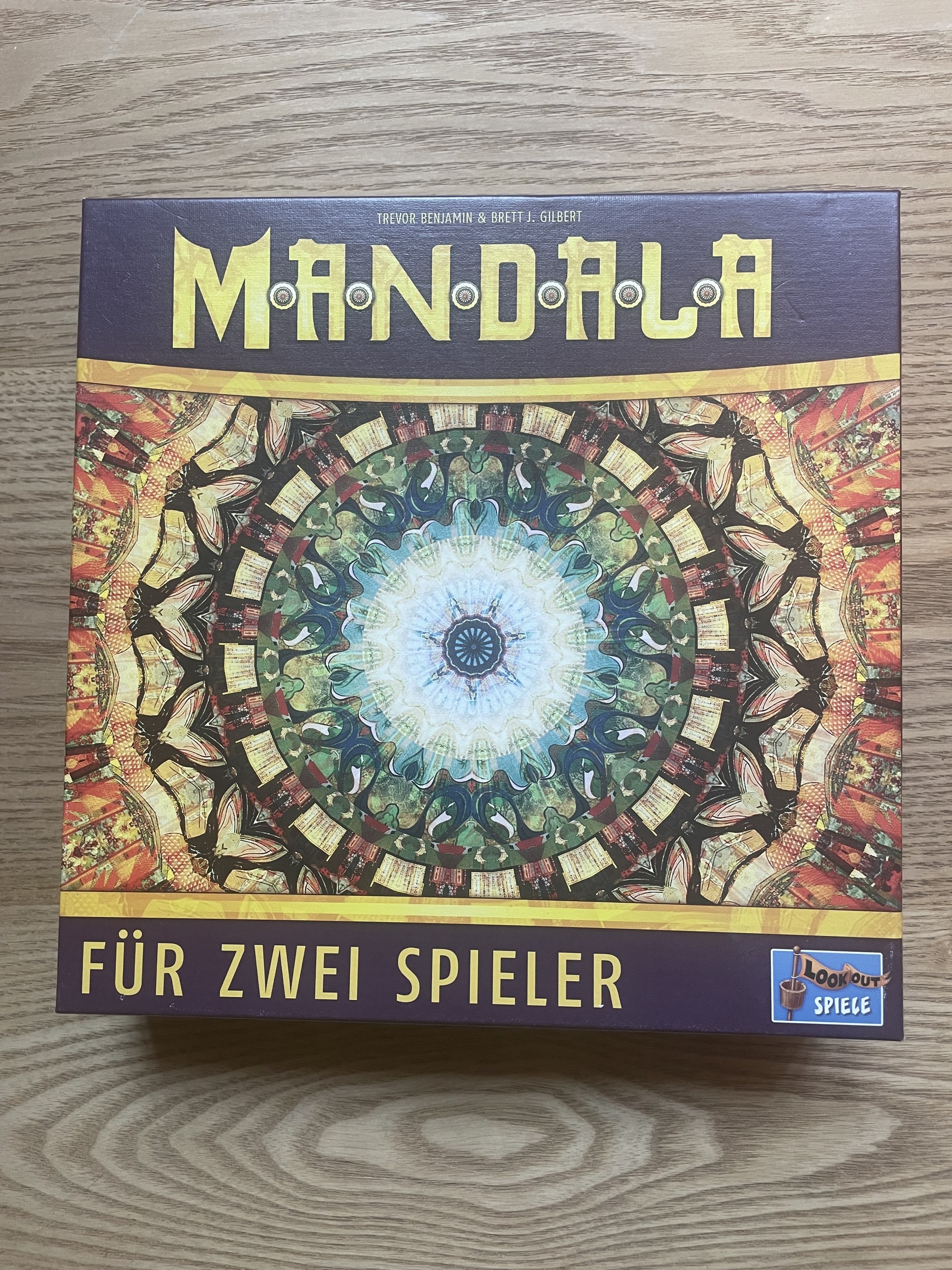
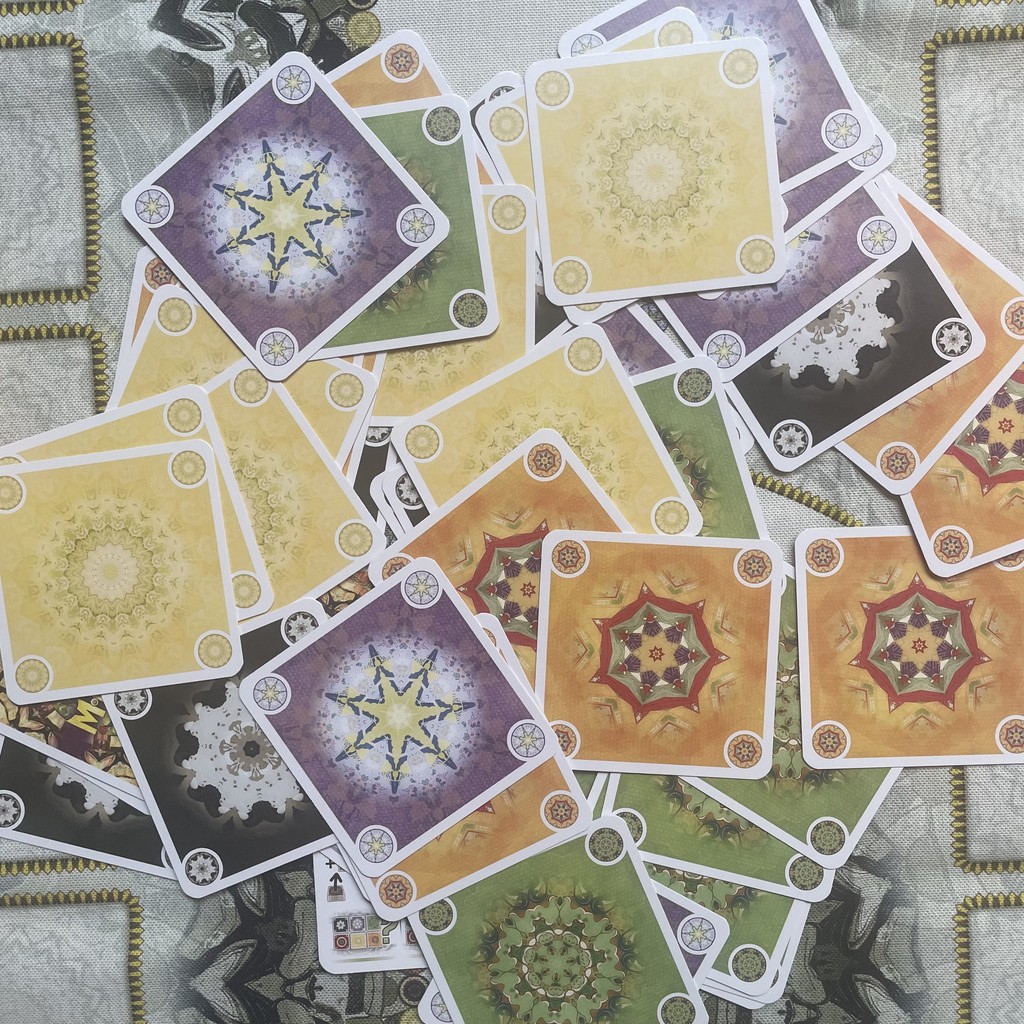
Mandala
Abstract duel of color and pattern with shared tension.
Tools
The game contains a large fabric playmat, 110 sand-colored cards in six colors, and two player score bowls.
Skills Developed
It supports strategic thinking, color recognition, and pattern-building skills.
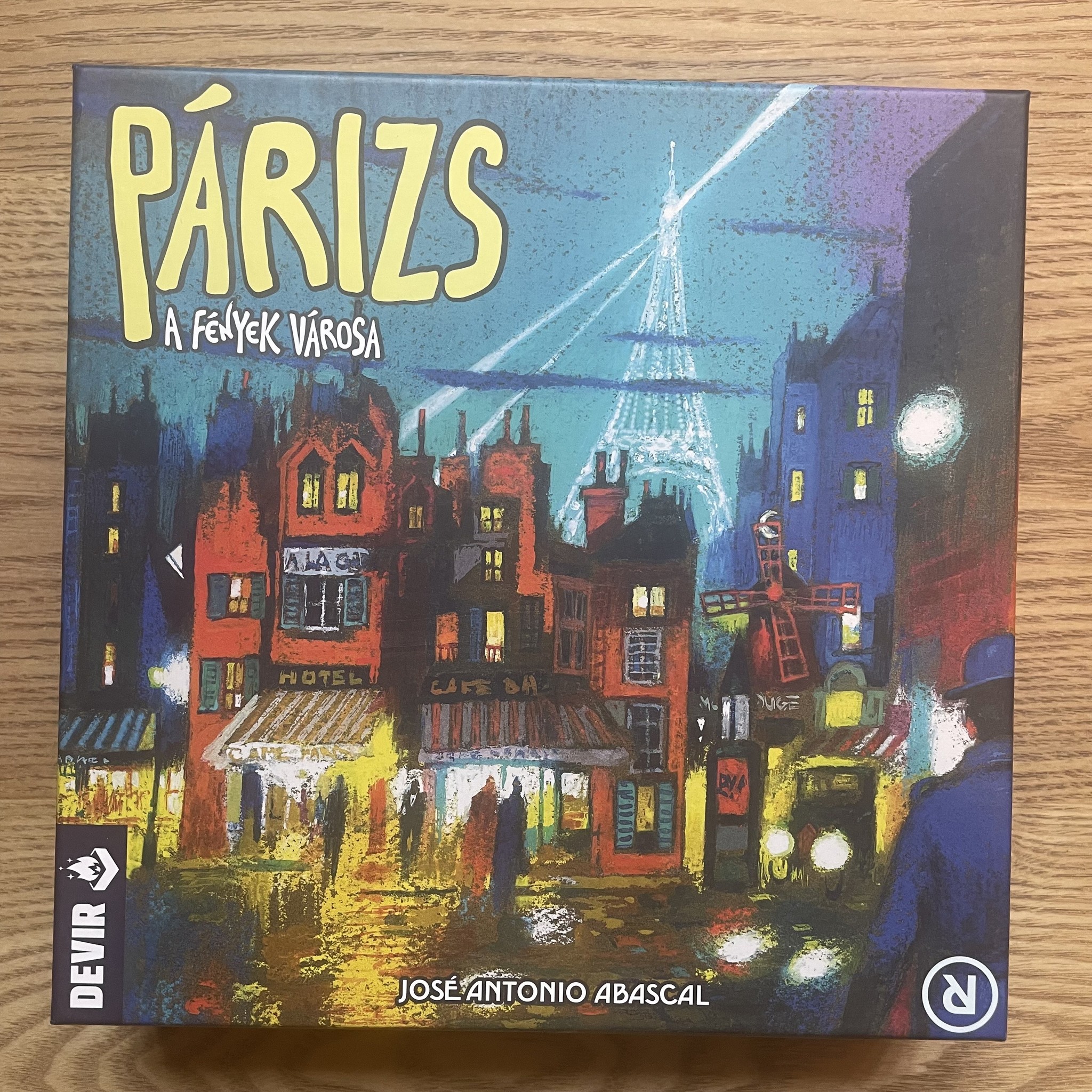
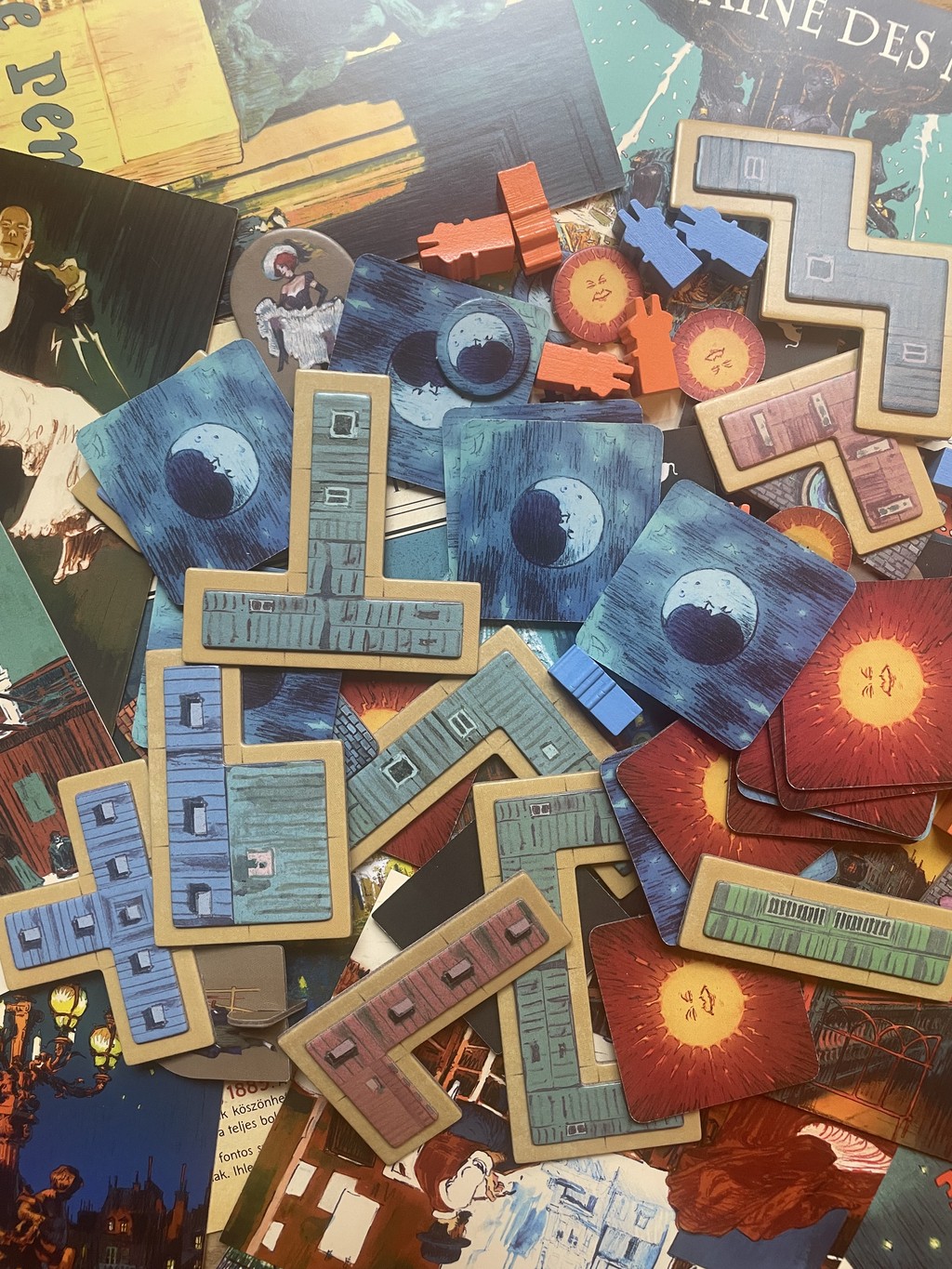
Paris: La Cité de la Lumière
Tile placement and city building.
Tools
The box includes a dual-layer game board (which is also the box insert), polyomino-shaped building tiles, postcard-shaped action tiles, chimneys, and player markers in two colors (orange and blue).
Skills Developed
It enhances spatial reasoning, tactical planning, and decision-making.
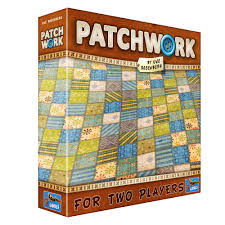
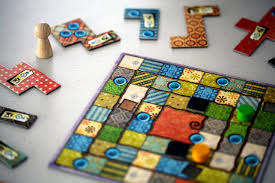
Patchwork
Patchwork is a two-player game that merges the calming art of quilting with strategic gameplay, an interesting dichotomy that sets it apart.
Two players take turns selecting and placing fabric patches on their personal board, trying to cover as much space as possible while managing their supply of buttons (the in-game currency). Time is also a factor, as each patch takes a certain amount of time to sew. The game ends when both players reach the end of the time board, and the player with the most buttons after penalties wins.
Tools
1 time board, 2 player boards, 33 fabric patches, 5 special patches, 1 neutral token, 50 button tokens, and a rulebook.
Skills Developed
The game enhances spatial reasoning, resource management, strategic planning, and decision-making, as players must efficiently fit patches onto their board while managing their button economy.
One Step Away from Abstract
Although I said I wouldn't recommend modern abstract games here, let's still take a look at three interesting titles that walk the line. On one hand, Button Up! clearly doesn't draw from the world of classic abstract games, and on the other, it uses an irresistibly cute set of components. The gameplay is highly logical, which might feel dry to some, but it's a light and fun challenge for those who enjoy this kind of thing.
Vikingdoms blends rule elements from classic board games with modern board game mechanics, making it a truly intriguing hybrid. And Limes belongs to that category of games where it seems like everyone could be doing the same thing—but then players start branching out in different directions, and from the same setup, completely different outcomes emerge. That's something I always find incredibly exciting.
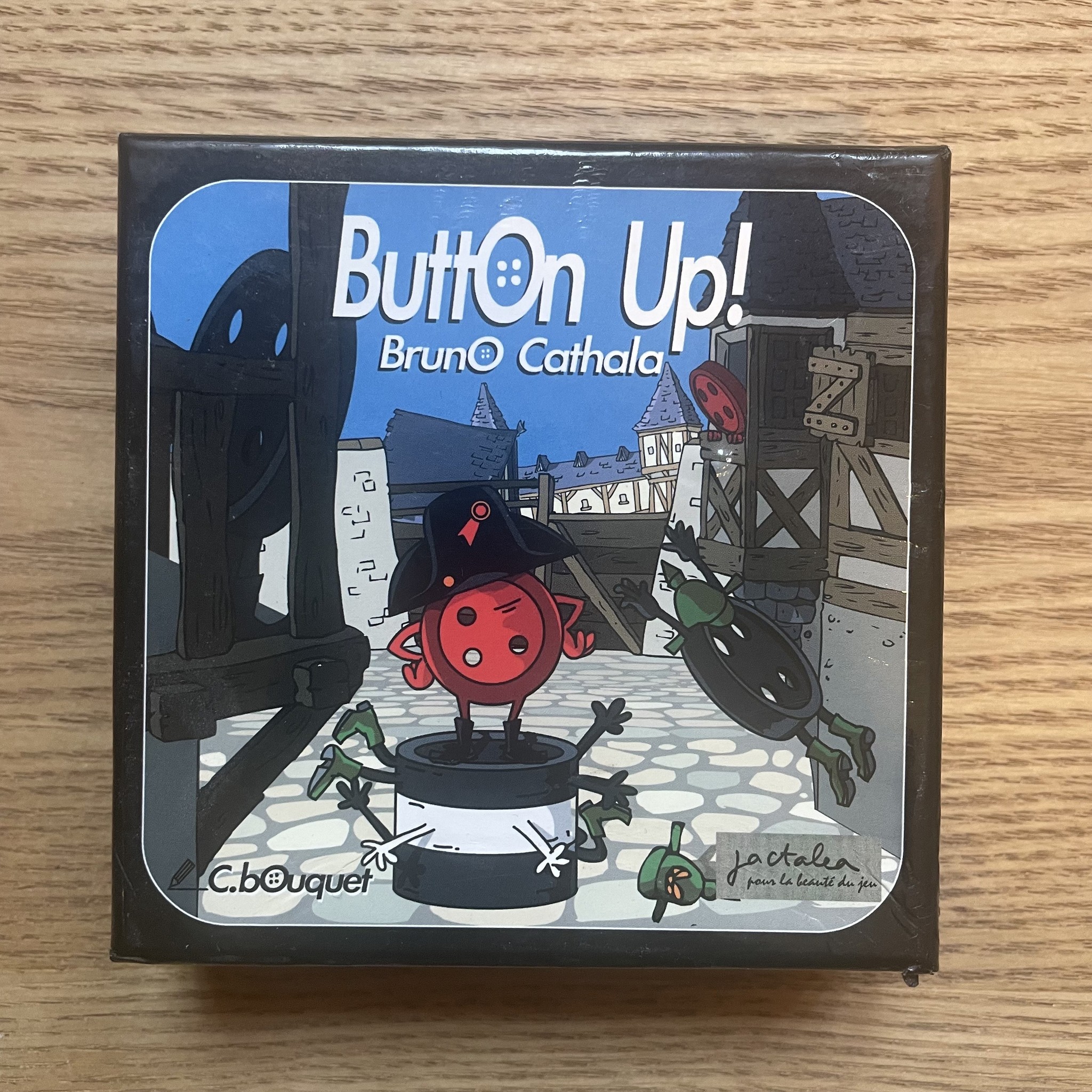
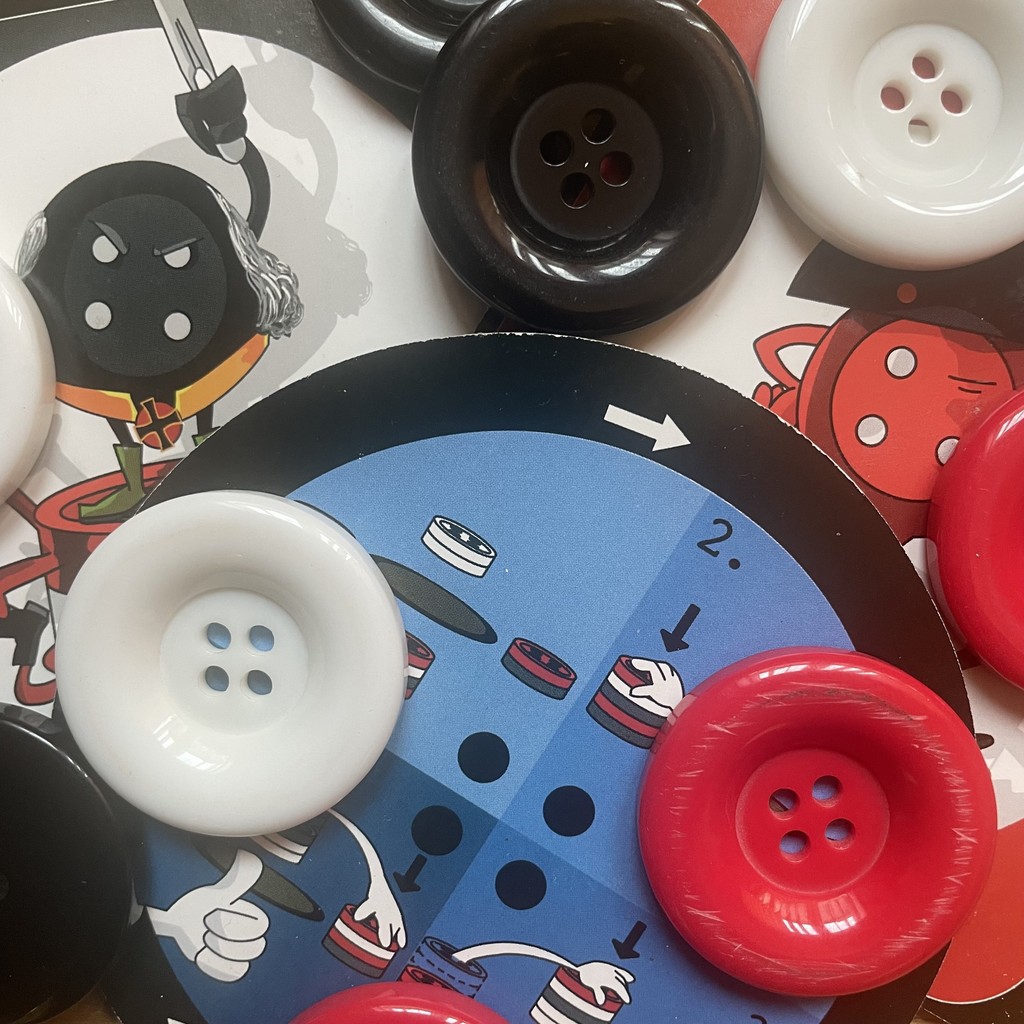
Button Up!
Abstract button-stacking duel with spies, combos, and clever movement.
Tools
The game includes 9 buttons (3 red, 3 black, 3 white), used as playing pieces, and a rulebook.
Skills Developed
It develops logical thinking, spatial reasoning, and planning skills.
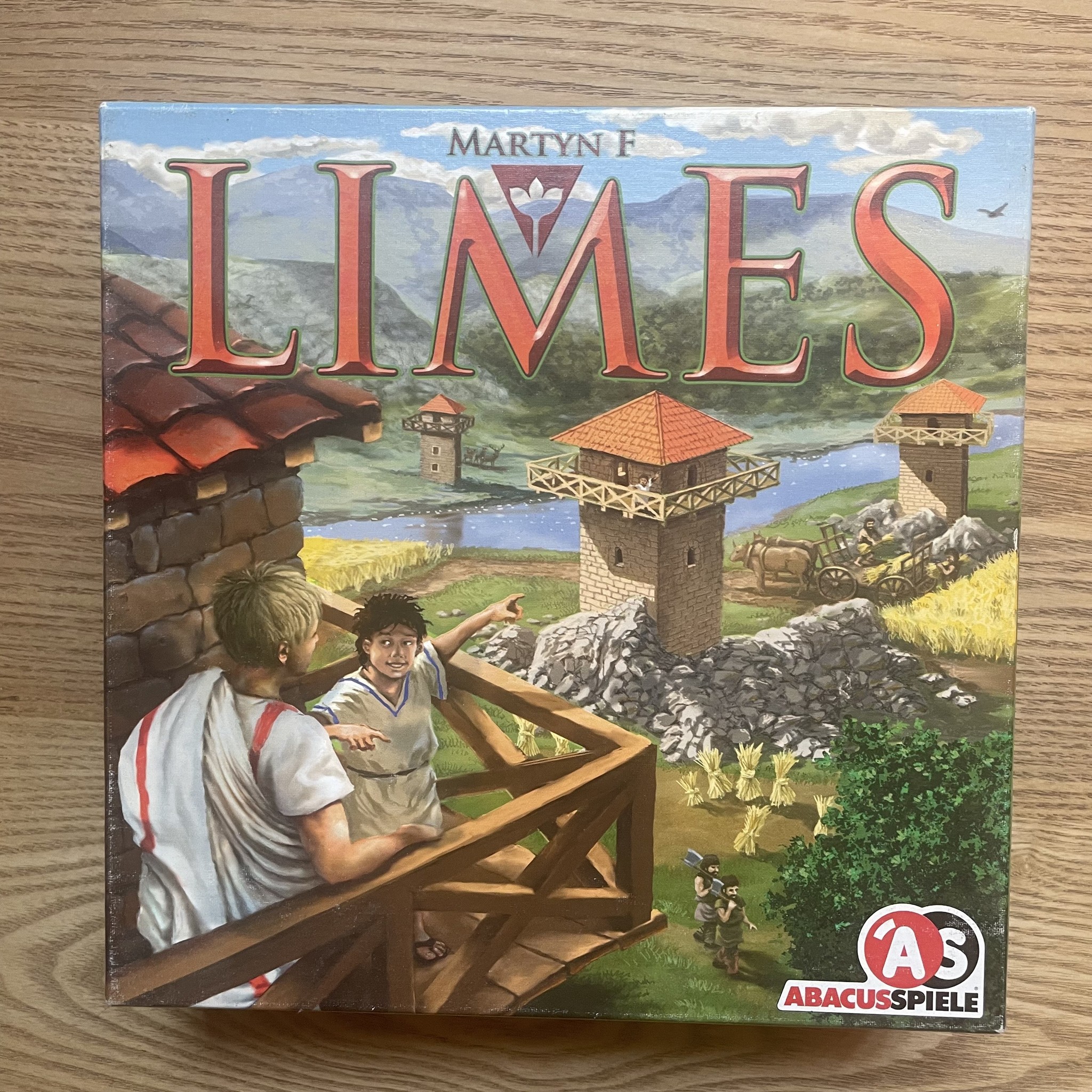
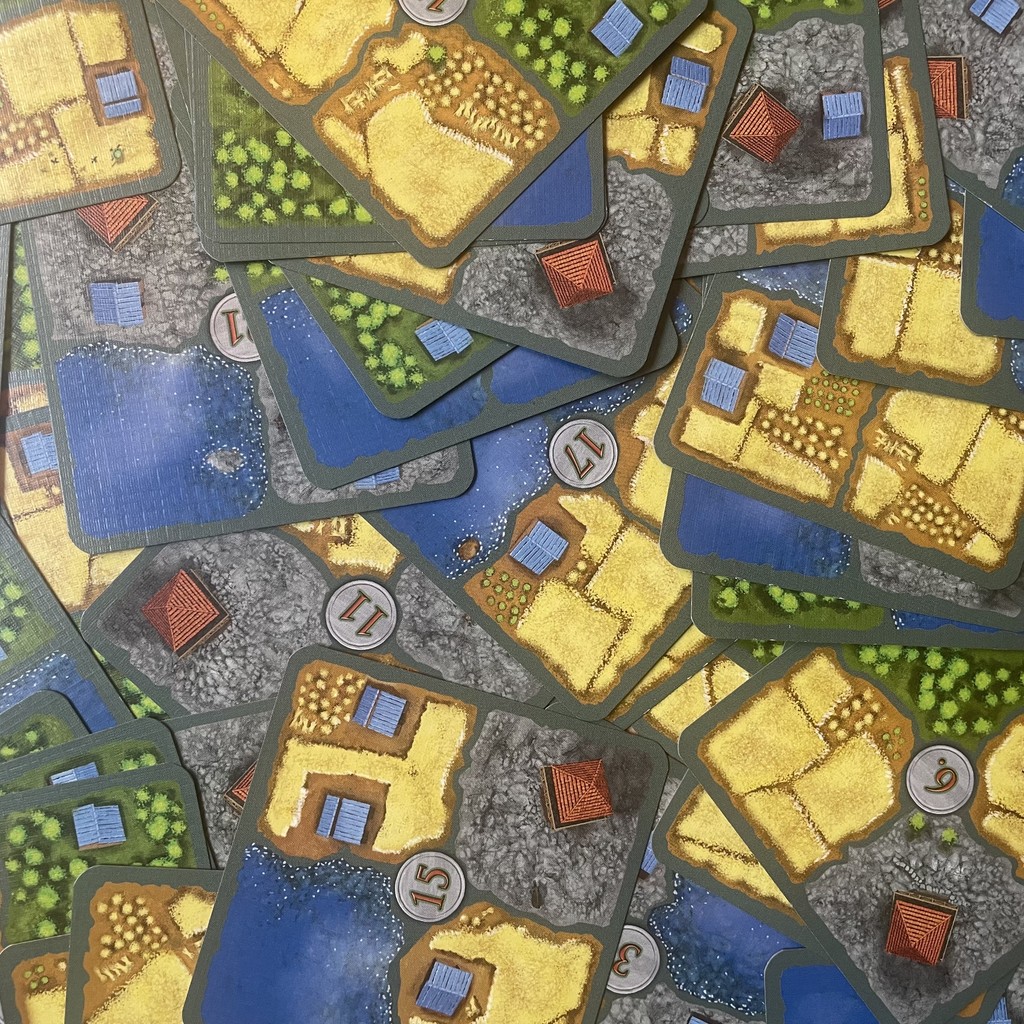
Limes
Grid-based tile and meeple placement for efficient land use.
Tools
The game includes 49 square landscape tiles, 7 wooden meeples, and a rulebook.
Skills Developed
It develops spatial awareness, planning, and strategic thinking.
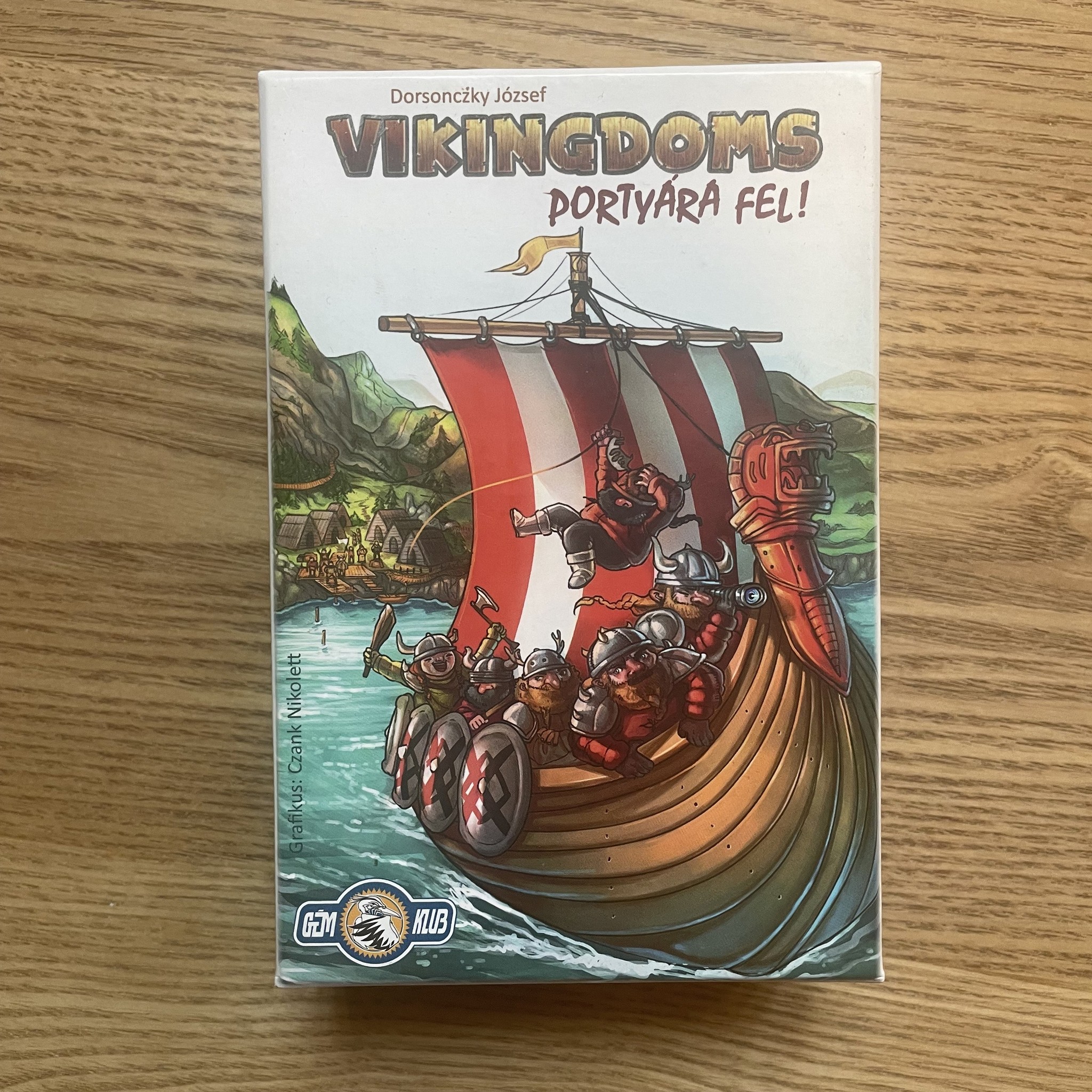
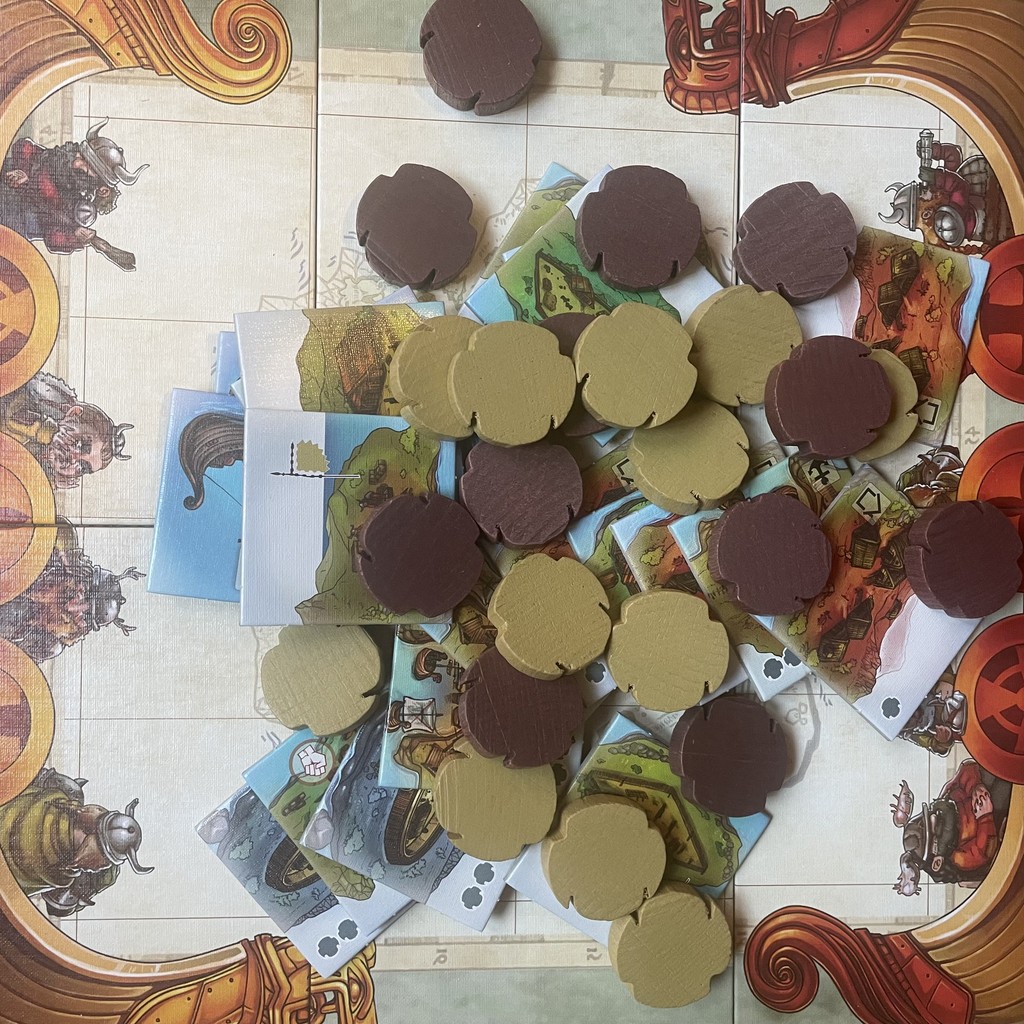
Vikingdoms
Strategic raiding with shared troops and a race to build or loot first.
Tools
The game includes island tiles, Viking meeples, coin tokens, settlement markers, and a rulebook.
Skills Developed
It develops tactical planning, spatial reasoning, and resource management.
Complex Two-Player Board Games
Okay, these may not be the most complex board games in the world, but they definitely represent a separate category—because they open the door in that direction. Compared to the titles above, they have more and more varied components, more intricate rule systems, and require more complex decision-making.
For me, Aton was the first encounter of this kind—a beautifully crafted game with great balance, designed by one of my favorite creators (Thorsten Gimmler). Beer & Bread was one of the biggest surprise games of the past few years for me: clever, thematic, well-developed, and filled with genuinely original ideas.
And Sky Team, as a Spiel des Jahres winner, probably doesn't even need an introduction. (As you can tell, I'm not exactly obsessed with cooperative games—there aren't many of them on my list.)
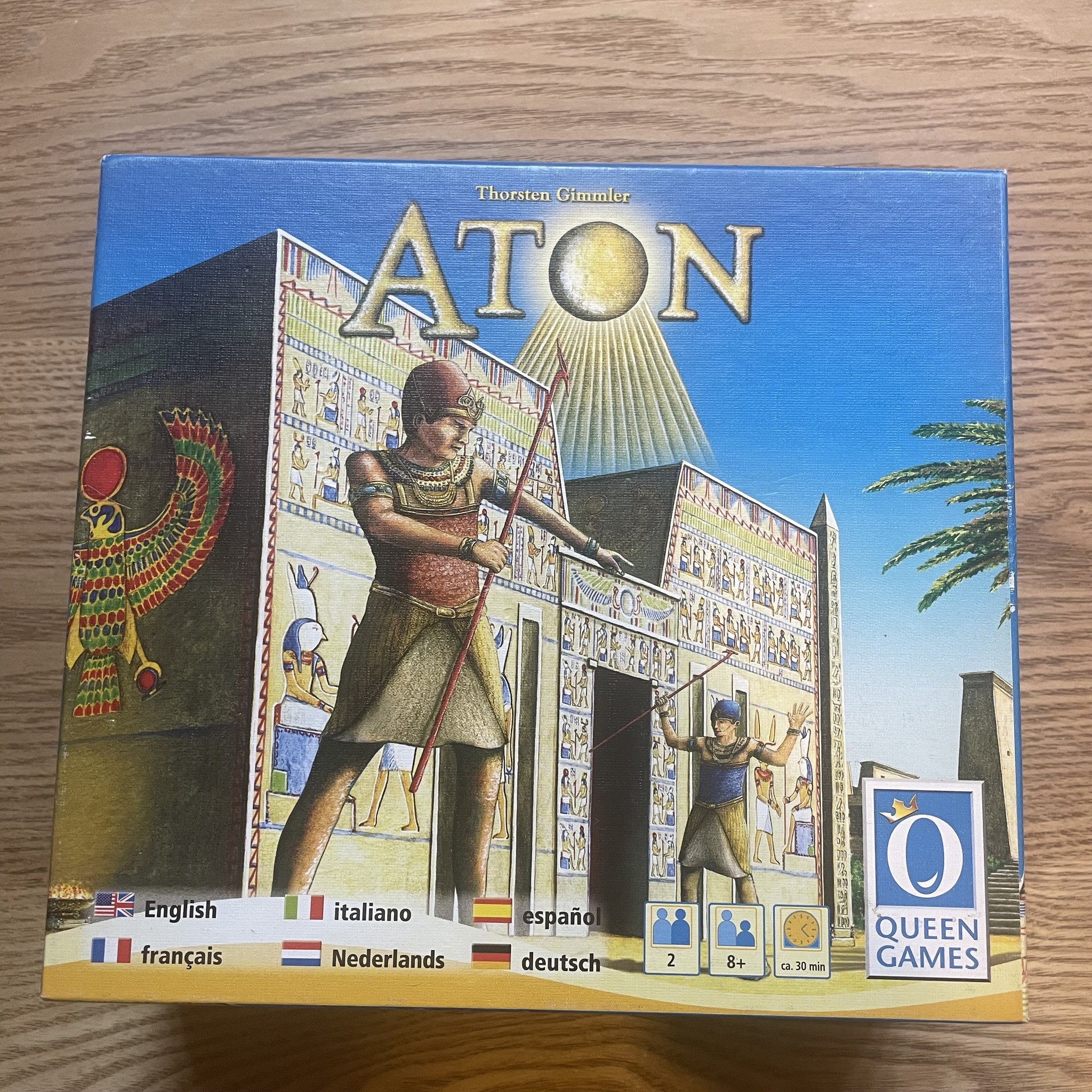
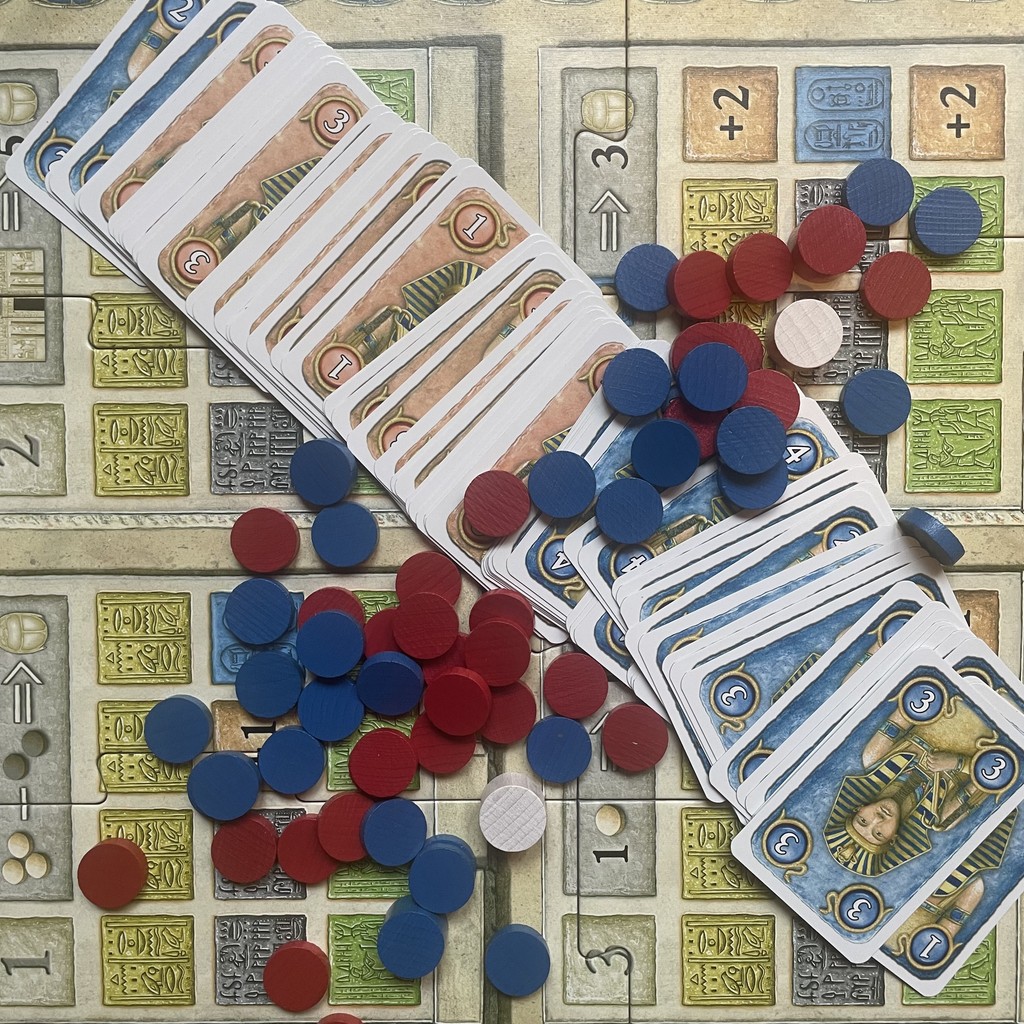
Aton
Card-based strategy with an ancient Egyptian theme.
Tools
A standard Aton game includes a six-part game board depicting four temples, 72 playing cards (36 for each player, numbered 1 to 4), 58 wooden priest tokens (29 per player), 2 white exchange counters, and 2 scoring counters.
Skills Developed
Aton enhances strategic thinking, planning, and adaptability, as players must allocate cards effectively to control temples and anticipate opponents' moves.
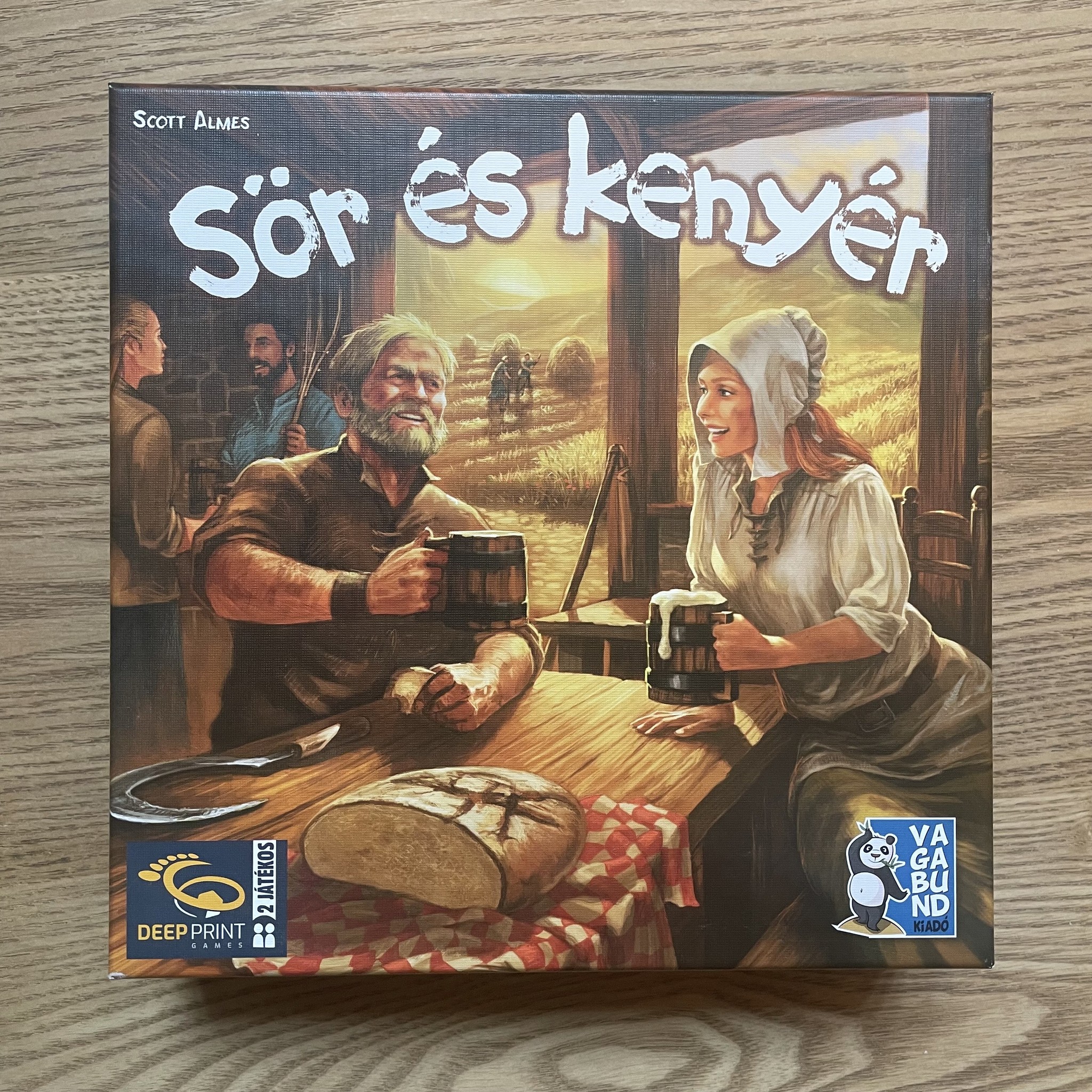
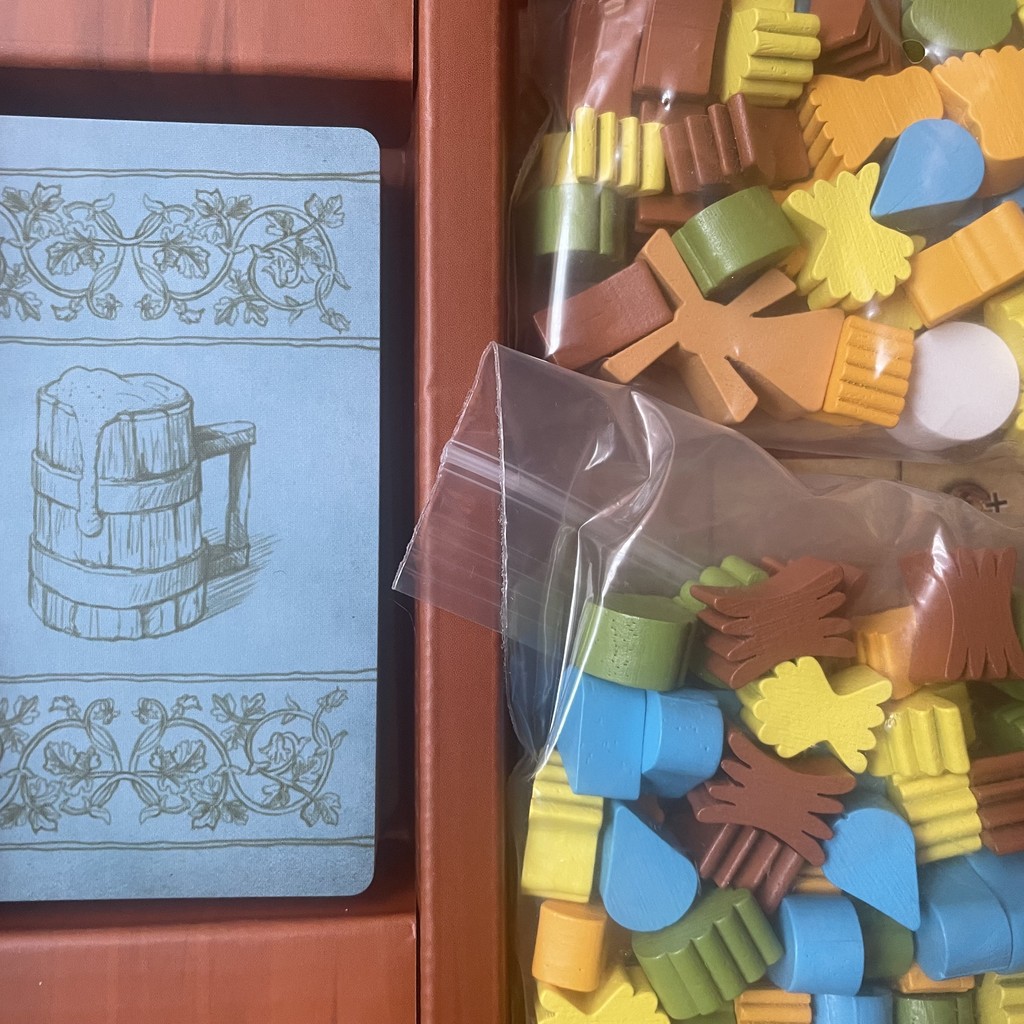
Beer & Bread
A beautifully balanced two-player game of card drafting, resource management, and strategic decision-making
Tools
60 game cards, 2 player boards, 2 scoring markers, 10 resource tokens, 5 upgrade tiles, 2 multipurpose markers, and a rulebook
Skills Developed
Reading comprehension, strategic planning, resource management, and decision-making

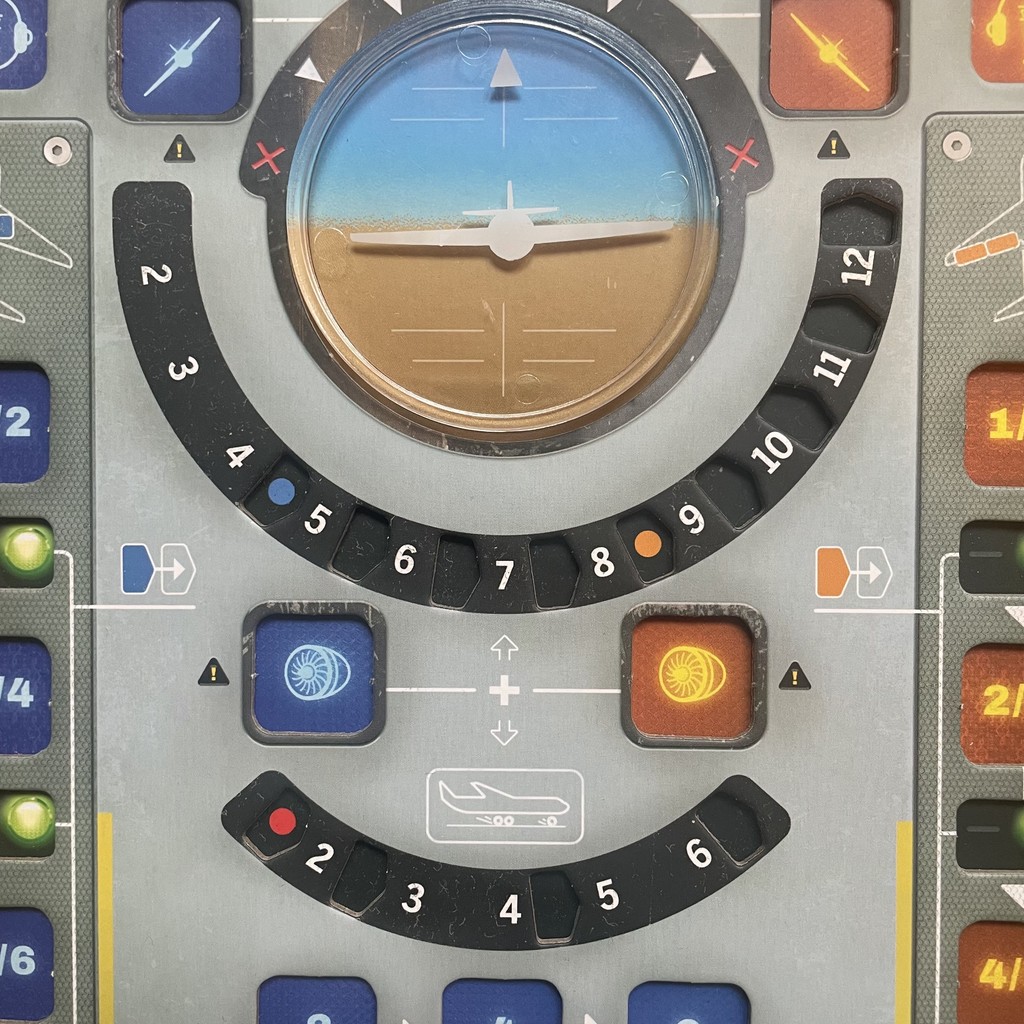
Sky Team
Cooperative flight simulation for two playersâland the plane together, silently.
Tools
Dice, player boards, airplane tokens, and scenario components.
Skills Developed
Cooperation, communication, and planning under pressure.
My observation is that the golden age of board games is largely thanks to young adults, friend groups, and couples. They're the ones who happen to be parents—or soon will be—or who are also teachers, and so on. In other words, the spread of the hobby depends on active adults, and for them, in many situations, it really matters to know good two-player games.
As a result, it's surprisingly easy to pick out 15 great games in this category without jumping on the trend of popular titles releasing dedicated two-player versions (like Azul or Splendor).
Board gaming isn't just for holidays or big groups. Those cozy, talkative, connection-focused two-player moments are just as valid.
Enjoy the games!
No spam, ever. Unsubscribe anytime.
Spread the Fun of Learning!
Love our content? Show your support by sharing our page with your friends and help us inspire more families and educators with the joy of learning through play! Your shares truly make a difference. Thank you for being a wonderful part of our community!
